YouTube influencer’s amorous affair with nuclear

On this holiday that celebrates all things love, here’s a look at the love affair that Kyle Hill has with nuclear energy—even its waste.

A message from Electrical Builders, Ind.
America’s Top Performing Nuclear Plants Rely on Electrical Builders, Industries to Expand and Extend the Life of Their Critical Electrical Assets

On this holiday that celebrates all things love, here’s a look at the love affair that Kyle Hill has with nuclear energy—even its waste.
.jpg)
Two weeks remain for public comments on the proposed language in the new federal rules proposed for hydrogen production tax credits. A public hearing on the regulations is scheduled for March 25, 2024.
While the federal proposal is largely popular among environmentalists and some pronuclear advocates, there are concerns from others that it would cut out opportunities for existing legacy nuclear plants that are well-equipped to convert part of their operations to hydrogen production. The proposed rules require hydrogen to come from newly built resources—the largest obstacle for legacy nuclear sites but further incentive to deploy new reactors—and would permit using natural gas if employed with carbon capture and sequestration.
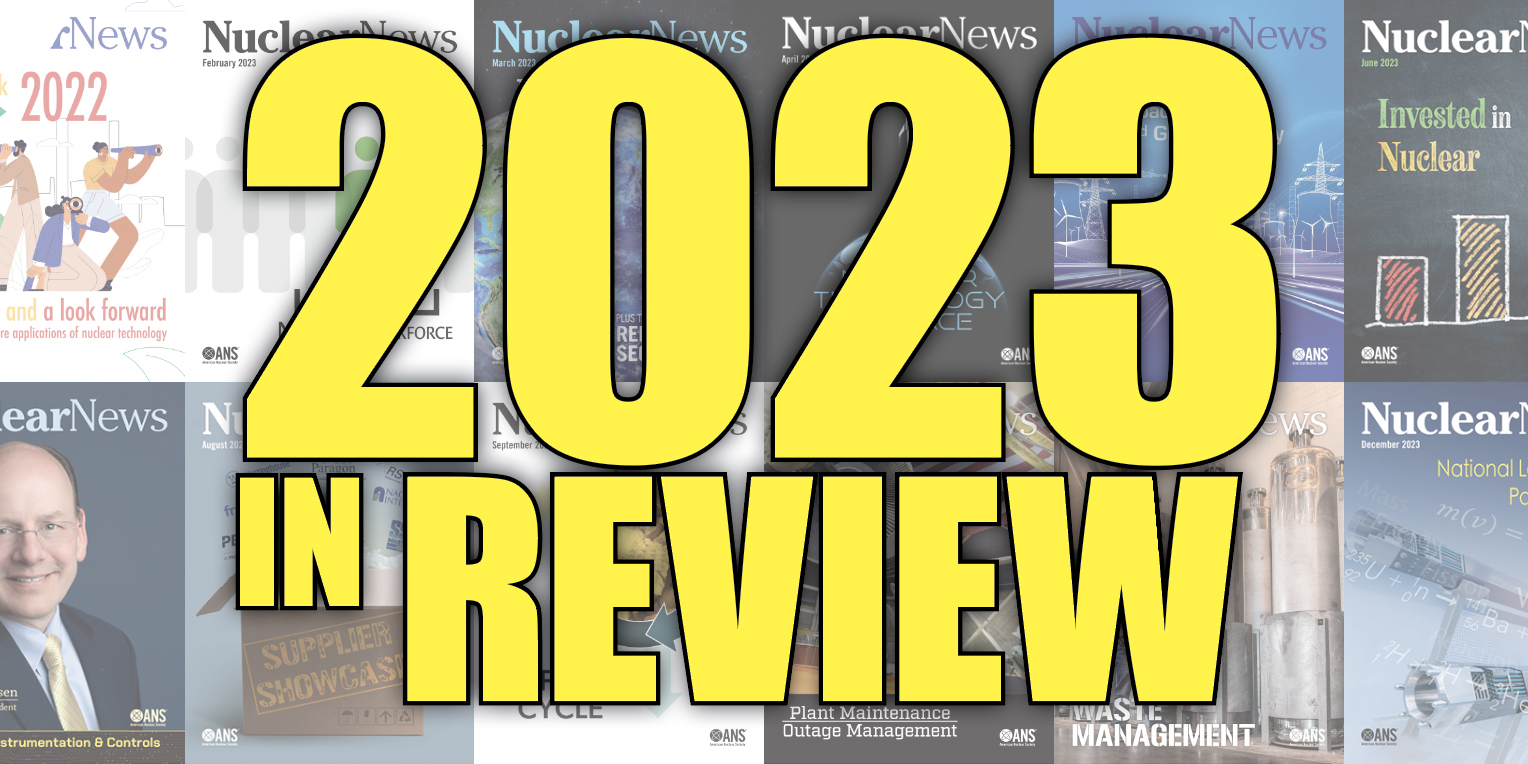
Another calendar year has passed. Before heading too far into 2024, let’s look back at what happened in 2023 in the nuclear community. In today's post, compiled from Nuclear News and Nuclear Newswire are what we feel are the top nuclear news stories from April through June 2023.
Stay tuned for the top stories from the rest of the past year.
New guidelines for federal hydrogen production tax credits may leave legacy nuclear plants out in the cold.
The U.S. Treasury Department and the Internal Revenue Service have released proposed language about who would qualify for the 45V Clean Hydrogen Production Tax Credit created by the Inflation Reduction Act (IRA). The public comment period on the proposal is open until February 26.
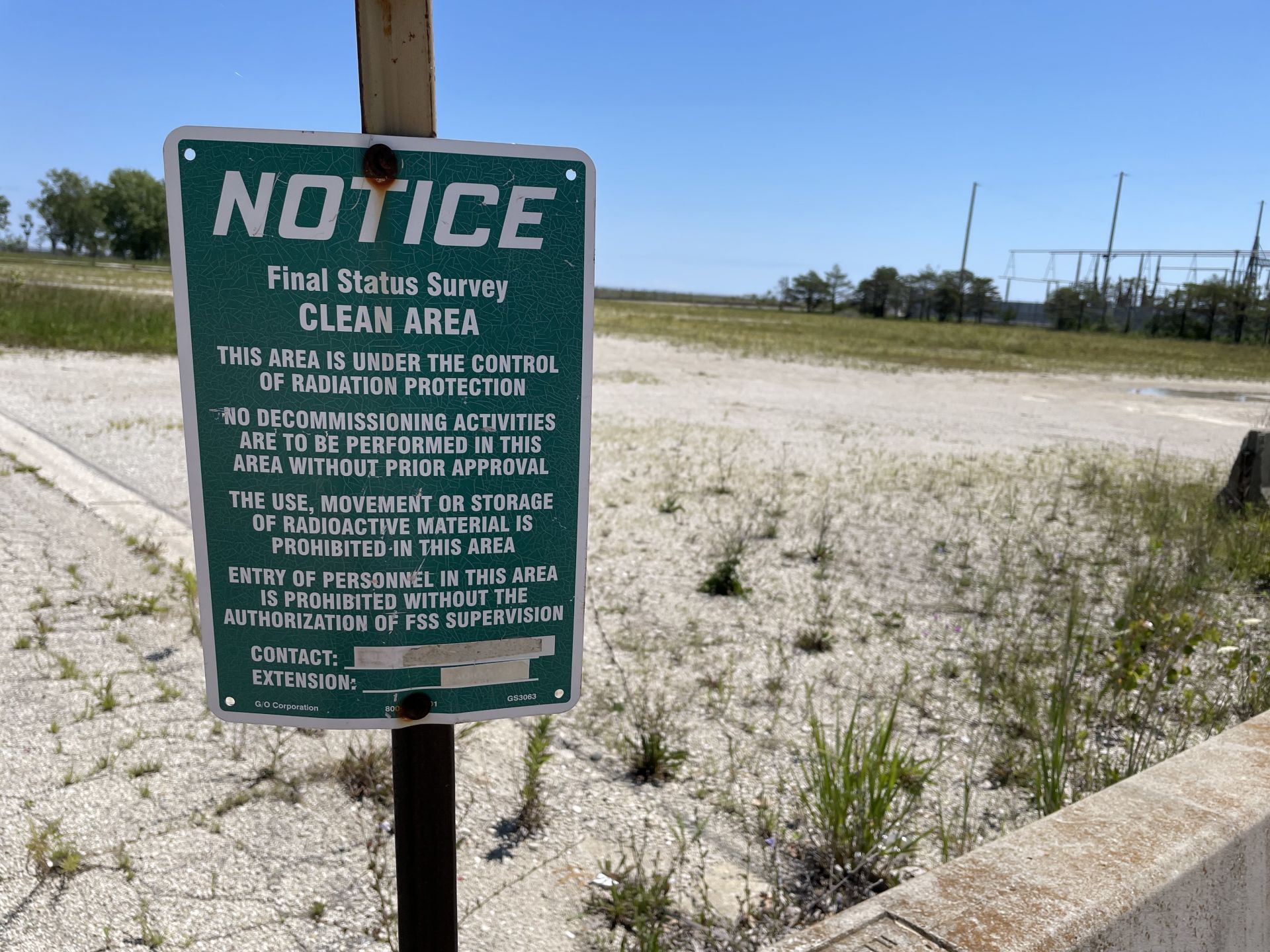
The Nuclear Regulatory Commission has released for “unrestricted use” most of the land on and around where the Zion nuclear power plant once operated in northeastern Illinois. This means that any residual radiation is below the NRC’s limits and there will be no further regulatory controls by the agency for that portion of the property.
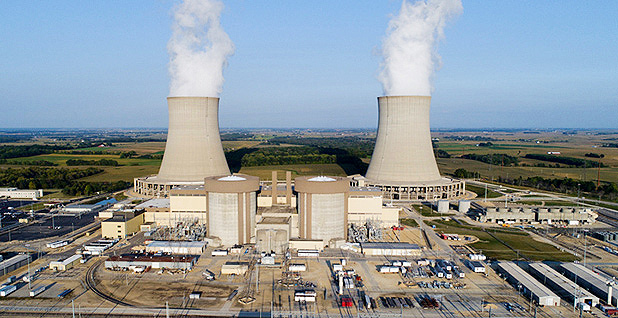
Constellation Energy has announced an agreement with Commonwealth Edison (ComEd), Illinois’s largest electric utility, to power the latter’s 54 offices and metered facilities with locally produced nuclear energy, 24/7.

In the last few weeks of 2021, when it was clear that the Russian invasion of Ukraine had put this country’s uranium fuel supply in jeopardy, nuclear energy advocates lobbied hard to attach provisions to various pieces of “must-pass” legislation—such as the National Defense Appropriations Act (NDAA), the Ukraine Supplemental Appropriations Act, the Infrastructure Investment and Jobs Act, and the CHIPS and Science Act—to have the government get the ball rolling on new domestic uranium fuel production capacity. Four times they thought they had succeeded, that Congress was going to allocate enough money to start the United States on the road to a secure supply of reactor fuel, including the higher-enriched fuel needed for advanced reactors.

When Ken Petersen is asked what he sees as the biggest challenges facing nuclear today and in the future, he immediately turns the question around. The 69th president of the American Nuclear Society prefers to focus on the positives of nuclear power instead of dwelling on the biggest challenges facing nuclear’s future prospects. That’s because there’s a lot to celebrate within the nuclear community—especially recently.
Most everything is trending up—from advanced technologies such as SMRs and microreactors to the promise of fusion energy to new ways of creating medical isotopes to progress in space exploration. “There’s huge momentum for nuclear right now,” Petersen said. “We're getting support from the environmentalist community and from legislation. I see it as a huge opportunity for us to continue to grow. It’s an exciting time. And it’s not just the U.S. It’s worldwide, too.”
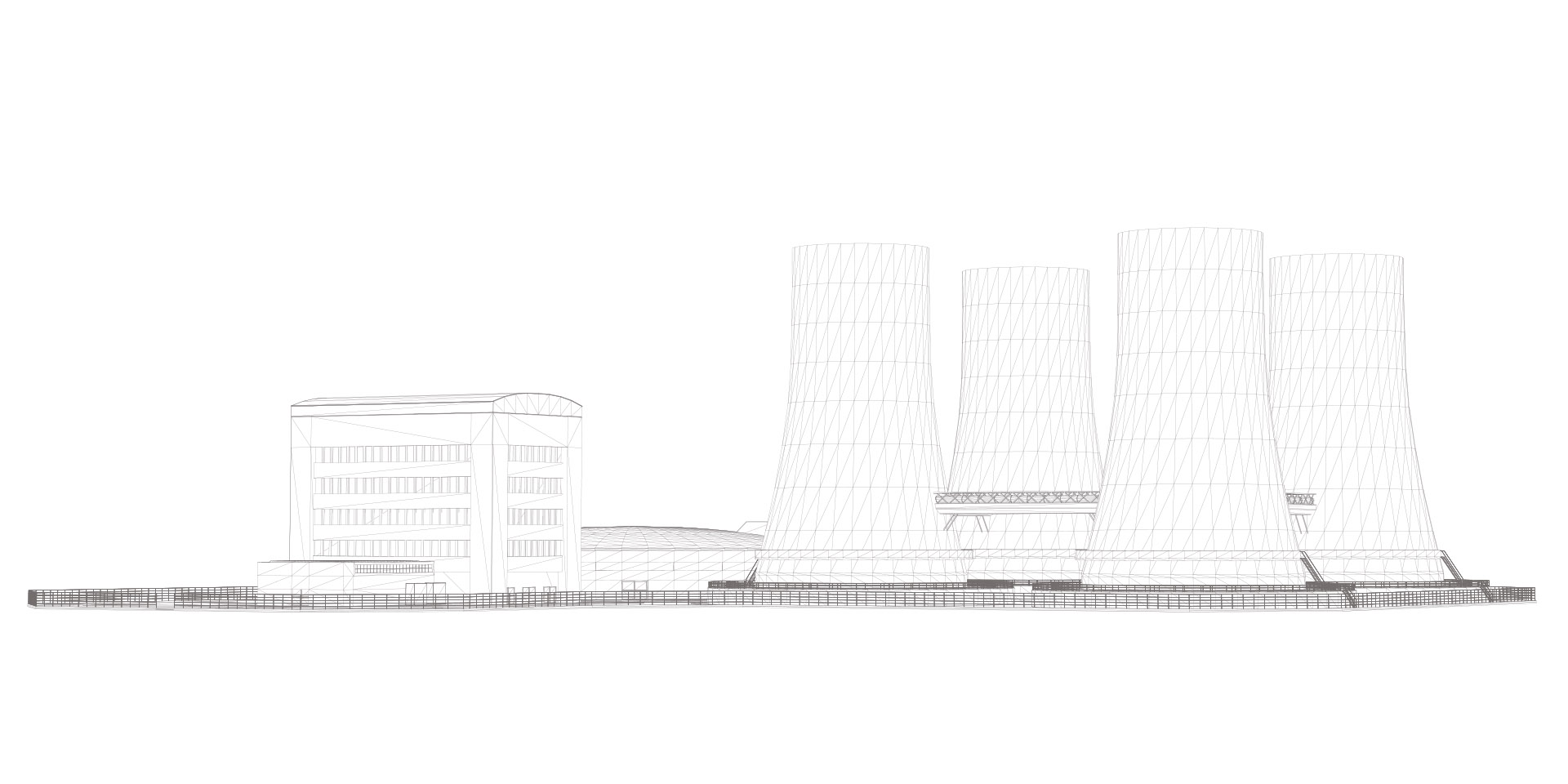
Officially established on November 15, 2021, with the signing of the $1.2 trillion Infrastructure Investment and Jobs Act—aka the Bipartisan Infrastructure Law, or BIL—the Department of Energy’s Civil Nuclear Credit Program was designed to give owners/operators of commercial U.S. reactors the opportunity to apply for certification and competitively bid on credits to help support the continued operation of economically troubled units. Finally, the federal government, and not just certain farsighted state governments, would recognize nuclear energy for its important grid reliability and decarbonization attributes.
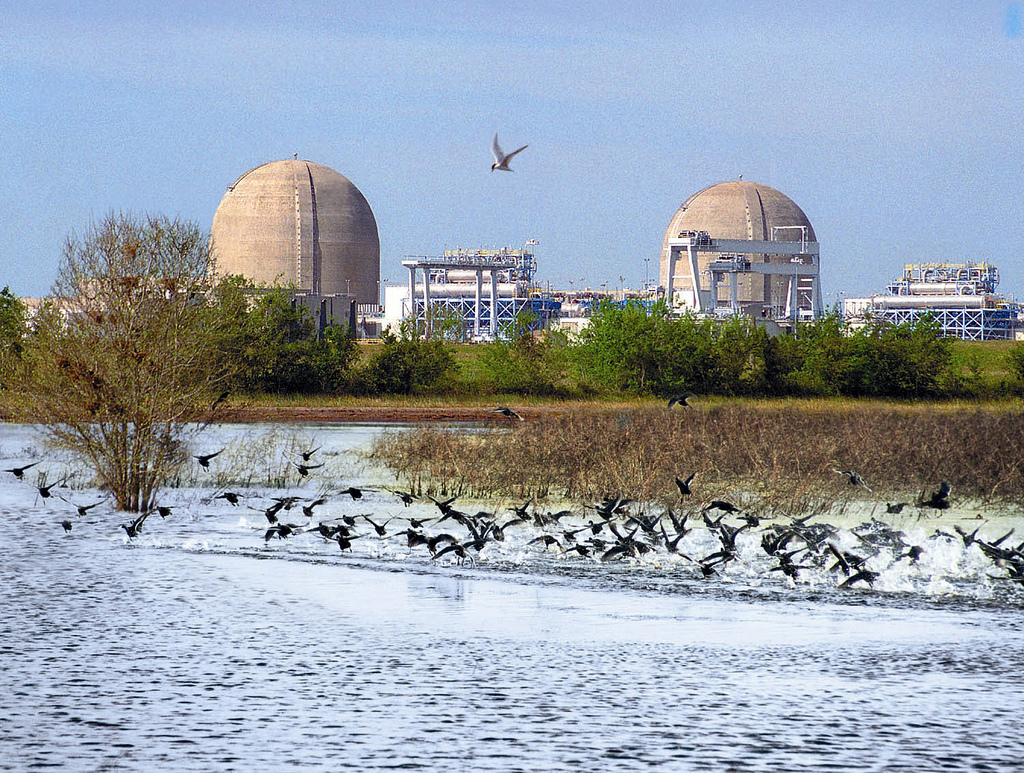
Constellation Energy, operator of the largest U.S. reactor fleet, is acquiring NRG Energy’s 44 percent ownership stake in the South Texas Project nuclear plant, the Baltimore, Md.–based company announced this morning.
The Nuclear Energy Institute—along with Constellation, Energy Harbor, PSEG, and Vistra—submitted a 19-page letter on May 24 to the Treasury Department and Internal Revenue Service, taking issue with April 10 comments to those agencies from the Clean Air Task Force (CATF) and Natural Resources Defense Council (NRDC) concerning the Inflation Reduction Act’s clean hydrogen production tax credit (Internal Revenue Code sec. 45V). (The Treasury and the IRS released a notice last November requesting public input on the credit’s implementation.)

Helion Energy, based in Everett, Wash., today announced an agreement to use its first fusion power plant to provide electricity to Microsoft. Constellation, which operates 21 commercial nuclear reactors in the United States, will serve as the power marketer and will manage transmission for the project.
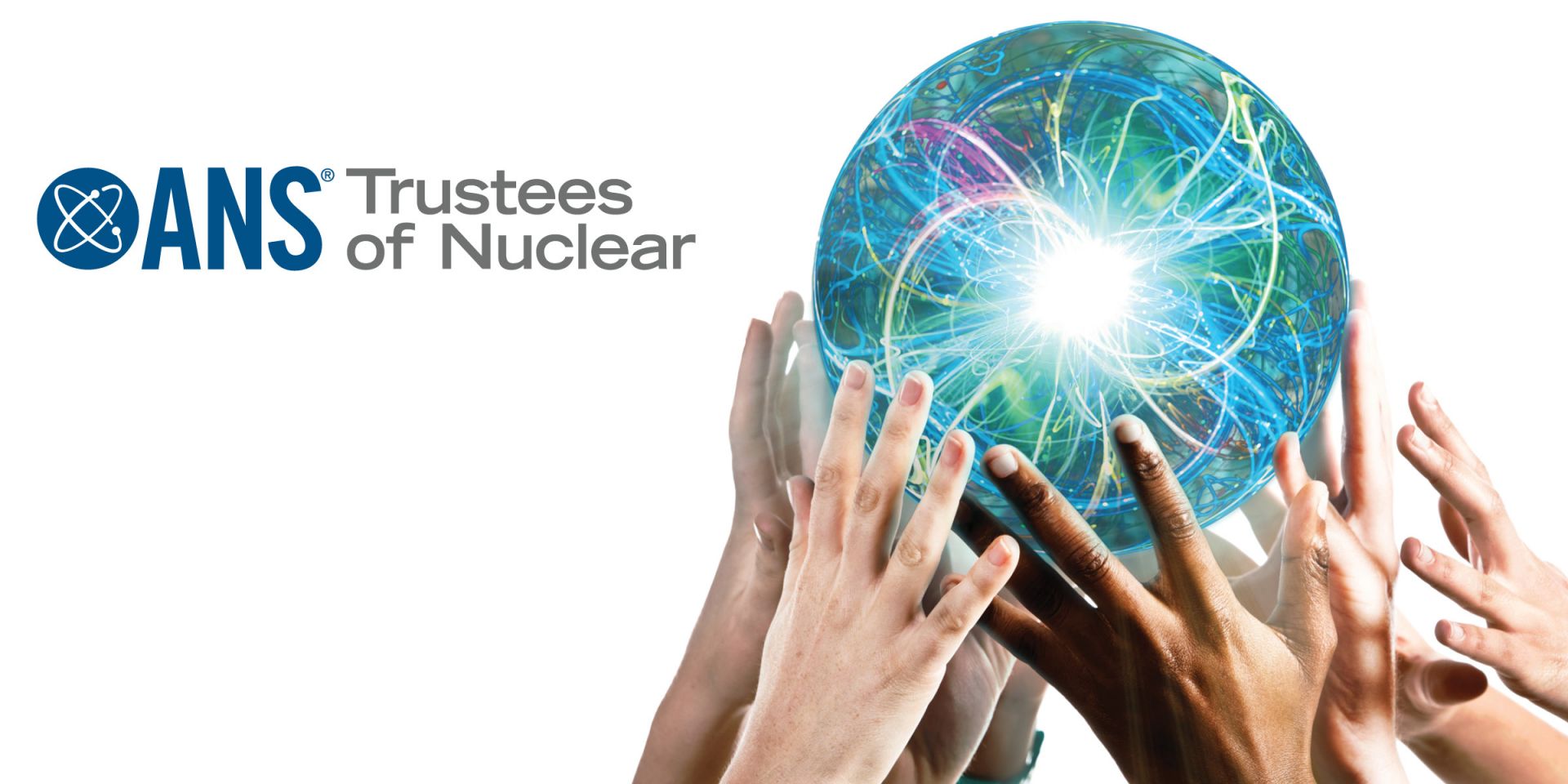
In the new year, ANS launched Trustees of Nuclear, a corporate partnership program ANS executive director/chief executive officer Craig Piercy announced in the January issue of Nuclear News (p. 25). The goal of Trustees of Nuclear is to directly support ANS’s programs aimed at improving nuclear literacy, like the Society’s K-12 nuclear STEM activities, public engagement, and discussions with policymakers. As the main professional organization for the whole nuclear discipline, ANS is in a unique position to unite leaders in the nuclear community to focus on these long-term programs and help the country realize the full potential of the atom.
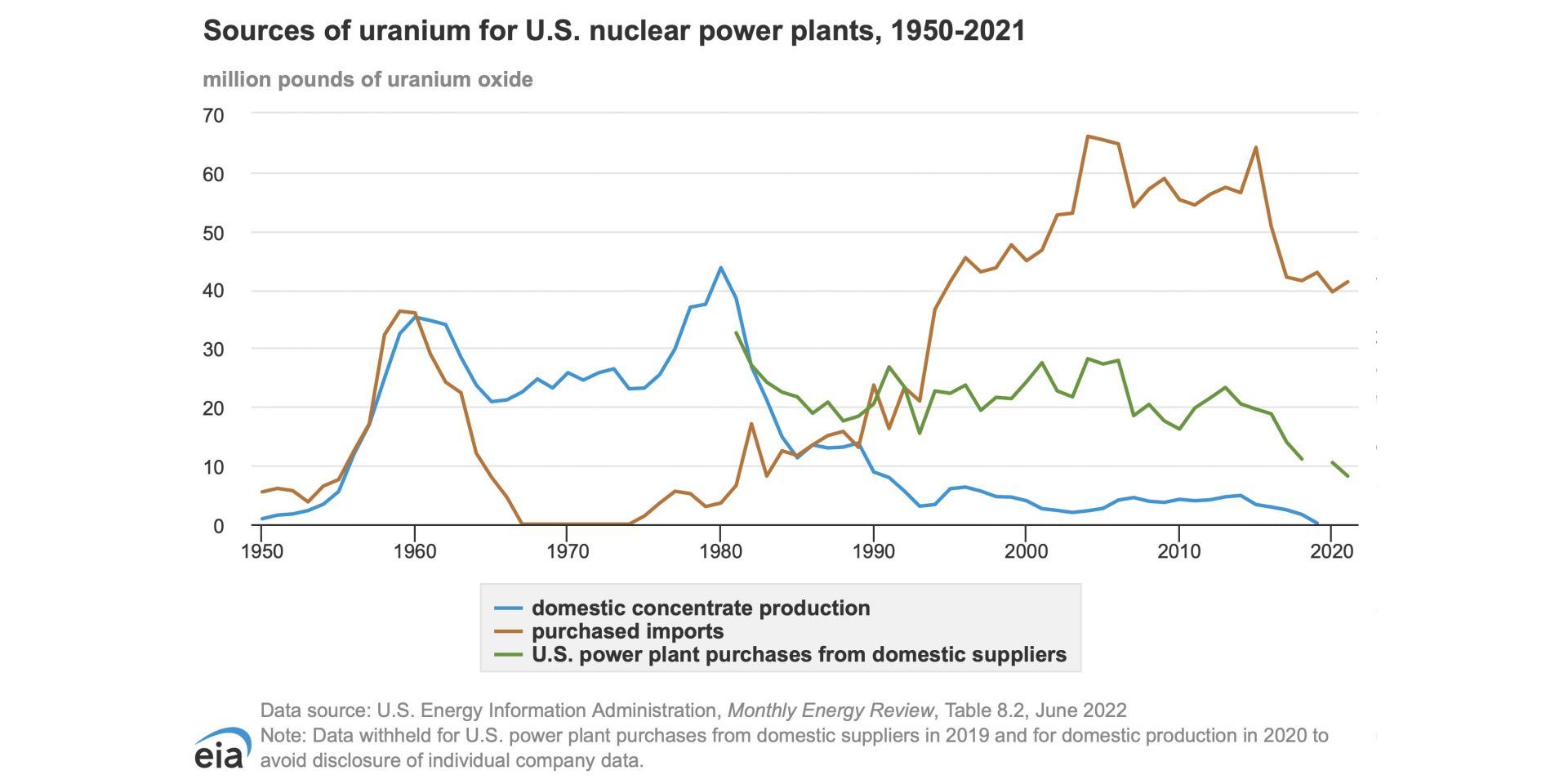
The naturalist John Muir is widely quoted as saying, “When we try to pick out anything by itself, we find it hitched to everything else in the Universe.” While he was speaking of ecology, he might as well have been talking about nuclear fuel.
At the moment, by most accounts, nuclear fuel is in crisis for a lot of reasons that weave together like a Gordian knot. Today, despite decades of assertions from nuclear energy supporters that the supply of uranium is secure and will last much longer than fossil fuels, the West is in a blind alley. We find ourselves in conflict with Russia with ominous implications for uranium, for which Russia holds about a 14 percent share of the global market, and for two processes that prepare uranium for fabrication into reactor fuel: conversion (for which Russia has a 27 percent share) and enrichment (a 39 percent share).

“Right now, our country is deficient in nearly every aspect of the fuel cycle. This must change and it must change quickly,” said Sen. Joe Manchin (D., W.V.), chairman of the Senate Committee on Energy and Natural Resources (ENR), as he opened a Full Committee Hearing to Examine the Nuclear Fuel Cycle on March 9. “Whether it is uranium mining, milling, conversion, enrichment, nuclear fuel fabrication, power generation, or nuclear waste storage and disposal, there is much work to be done, starting with conversion and enrichment. Simply put, Russia dominates the global market, representing nearly half of the international capacity for both processes.”

Constellation Energy has announced that it intends to invest $800 million in new equipment at the Braidwood and Byron nuclear plants in Illinois to raise their combined output by a total of about 135 MW.
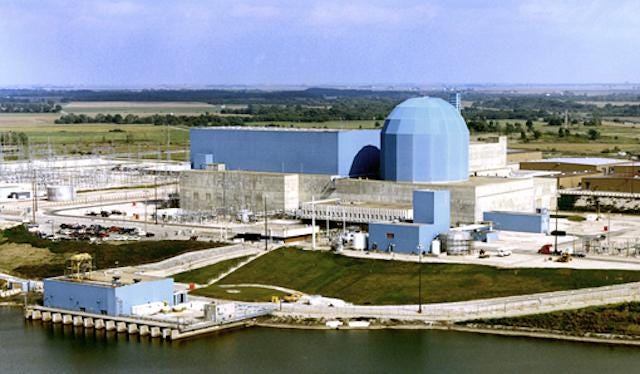
Constellation Energy, owner and operator of the nation’s largest reactor fleet, will ask the Nuclear Regulatory Commission to extend the operating licenses of the Clinton and Dresden reactors by 20 years, the company announced Monday, adding that it expects to file license applications with the agency in 2024.

Collecting belt buckles from nearly every nuclear power plant in the U.S. wasn’t the goal for Don Hildebrant when he obtained his first one. Over time, it just turned out that way.
One day years ago, Hildebrant came across a buckle from the nuclear plant where he worked, and it seemed before he knew it, he had collected more than 250 of them—some from plants that were never even completed. “When you look at the collection, you will see an interesting story of where nuclear power has been, and how far it has come,” he said.
Any method that can enhance safety, reduce risk, and lower costs is worth a second look. When that method proves it has the potential to optimize aging management at any nuclear power plant, it’s time to spread the word.
In 2019, a small team focused on selective leaching began looking for a way to use risk insights to optimize the implementation of deterministic aging management programs (AMPs). What they started soon grew into a large team effort by Constellation, Ameren, the Electric Power Research Institute (EPRI), and the Nuclear Energy Institute (NEI), along with contractors Enercon and Jensen Hughes, to develop a generic framework and then test it in two very different pilot applications.
U.S. utility Constellation Energy has signed a memorandum of understanding with ULC-Energy, an Amsterdam-based nuclear development company, to support deployment of a fleet of Rolls-Royce small modular reactors in the Netherlands.